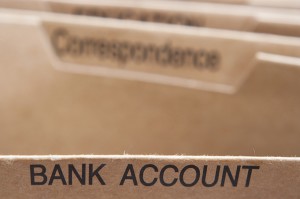
Banks today are always tripping over each other in order to try and make you switch accounts. You’ve probably switched bank account at least once or twice before in your lifetime, whether it was a savings or a current account.
Why do we feel the need to switch accounts? We’re always on a journey to try and find better service and greater rewards, but what is it exactly that makes a good bank account, or even a great one? This article seeks to illuminate what it takes to make a bank account worthwhile.
Step one: figuring out your needs
Before you start shopping around for a bank account, you should think about what your particular needs are and how to best meet them. The secret of finding a cheap and continuously rewarding bank account is to first figure out what you require.
For example, if you dip into your overdraft frequently and your balance is usually under, you probably want to find a bank account that doesn’t charge very much for going overdrawn.
Step two: consider different types of accounts
If your needs are quite basic, you should consider opening a standard checking account. This will allow you to make deposits and withdrawals regularly, with relatively few restrictions.
Of course, if you have plenty of money and want it money to increase over time, you will want to open a savings account that has a good interest rate attached to it. You can visit a bank like Atmos (www.joinatmos.com) and see what benefits they provide with their savings accounts. This is a good type of account for those who want to save up over long periods of time.
Another type of account is the money market deposit account. These often have higher interest rates than savings accounts. However, you can be extremely limited in how much you can take out and can easily accrue fees if you go beyond that. These accounts are good for people who have an amount of money they very rarely touch.
Step three: calculate the costs
After you’ve had a bank account for around six months, review how much it costs to actually own the account. Do you have to pay monthly charges? Are they really necessary? How much is it setting you back?
You should remember that although a monthly banking fee may seem low, it all adds up over a year. You should also think about the incentives that come with your account, such as insurance and if it would actually work out cheaper to arrange them separately.
Step four: switching is easy
If you’ve realised that you’re being fleeced by staying with your current bank, don’t be afraid about switching because it’s surprisingly hassle-free.
It can also save you hundreds of pounds, so think about switching if you’re looking to save as much money as possible.








